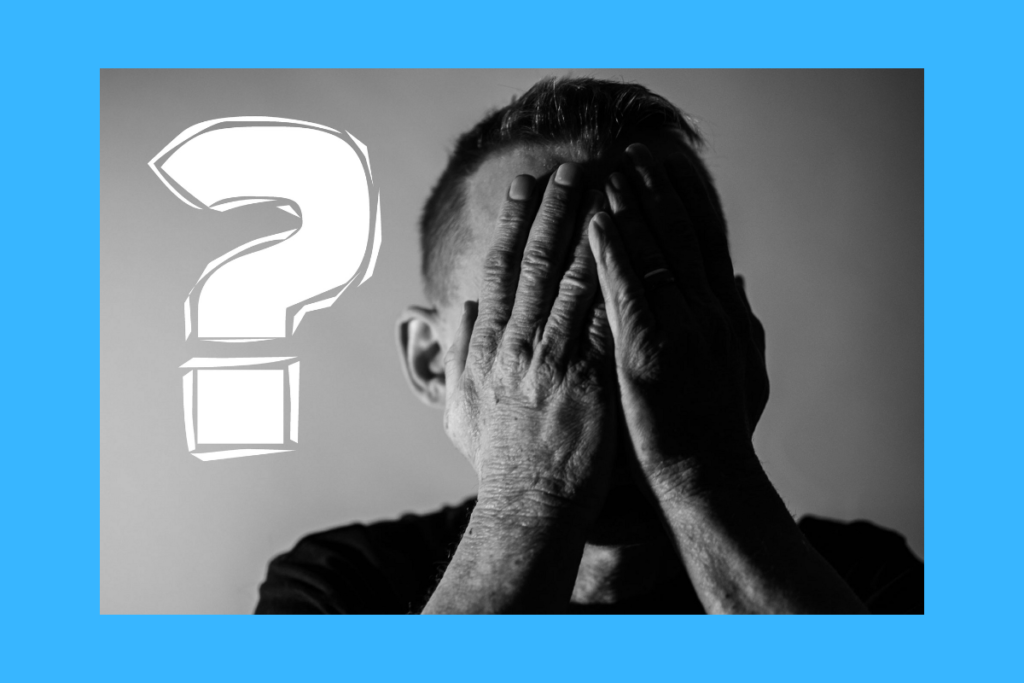
How to Prevent Compounding Editing Errors While Copy Editing a Long Technical Document
Introduction
Editing errors are an important issue in all types of writing.
There are some tips and techniques in technical communication that do not make much sense unless you’ve been a technical writer for a long time and you’ve seen the same issues arising over and over again.
One such technical writing issue is the order in which to copy edit a document after a reviewer sends a list of corrections.
The normal instinct is to start correcting the document starting with the front cover and working your way all the way to the back.
That’s also the order in which your reviewer goes through your document — from front to back (assuming the document you are generating is still a “book”).

My Advice
My advice to you — don’t do that. Instead, try to edit by starting from the END even though it sounds illogical.
Start with the last edit comment, and work your way towards the BEGINNING of the list.
Here is the reason why: some copy edits change the page numbers!
You delete or add a sentence or a paragraph and before you know what page 21 is now 22, or page 88 is now 87.
You do this twice or more in a row, and you have a renumbered document in your hand.
That’s when the confusion starts since once the page numbers shift from front to the back of the book, you will not be able to locate some of the review references and you will end up spending precious time trying to find the pages your reviewer is talking about.
Problem
For example, imagine your reviewer has sent you the following two copy edit notes:
(1) Delete the whole page 7.
(2) Change the word “capacitor” to “resistor” on page 10.
Now, if you take care of step (1) first, you will not be able to locate the word “capacitor” on page 10 since page 10 is now page 9.
The error has been COMPOUNDED; a new error was created with your earlier action, with your decision to take care of the review notes in the order you’ve received them.
Solution
However, if you first took care of the SECOND comment first, you can still do the first edit without any errors since page 7 will still be page 7.
If you have dozens of comments for a document hundreds of pages long, you can prevent such COMPOUNDING editing errors by going from the last item on the feedback list towards the first item.
Conclusion
With short technical documents, how you edit them usually does not matter. Editing errors are easy to avoid.
But with long documents that receive an equally long list of copy edit suggestions from your reviewers, this method can save you not only precious time and money but perhaps your sanity as well.
